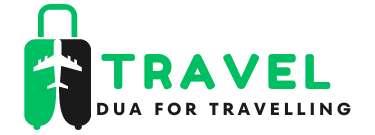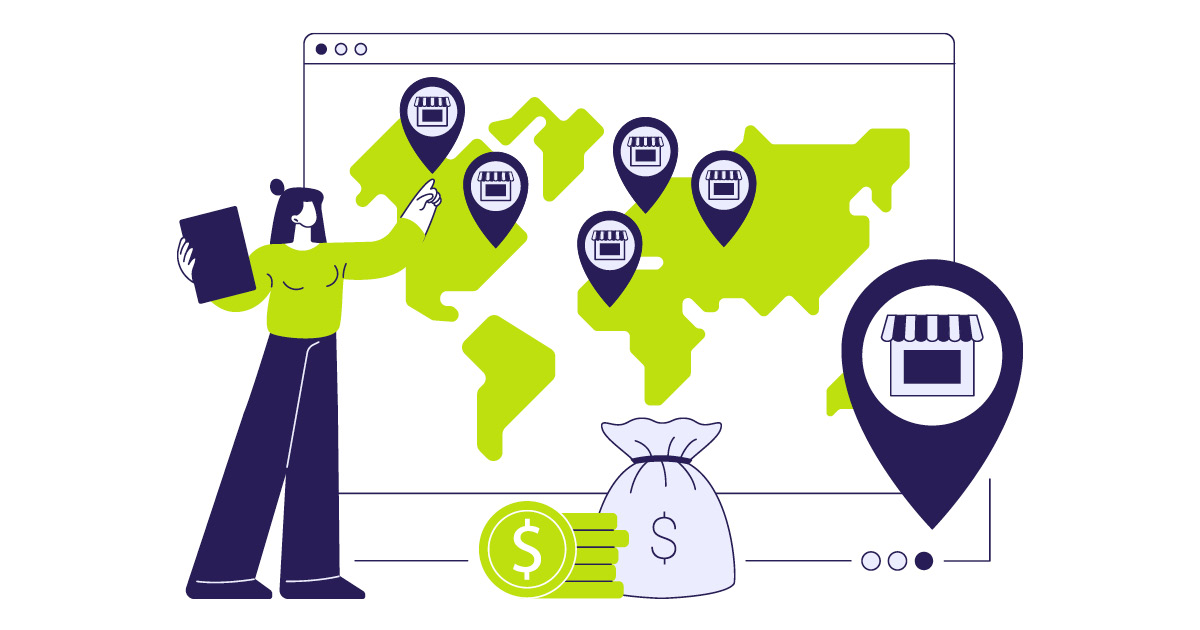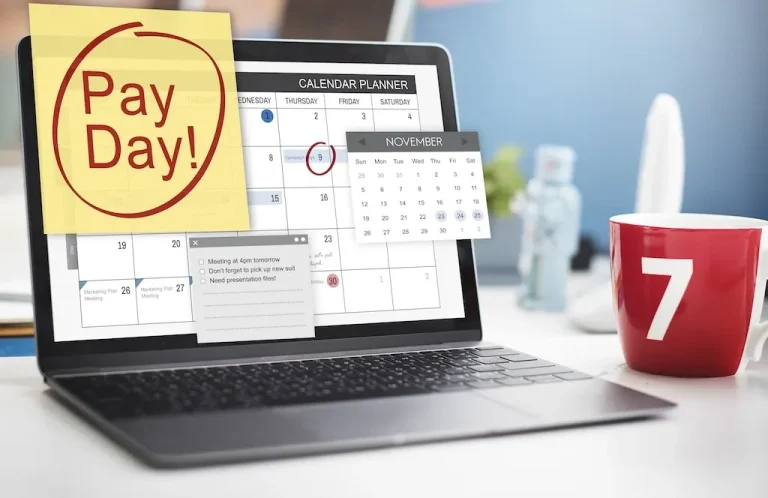If you’re asking, “how to franchise my business?”, you’re already on the path to growth.
Franchising is a proven method to expand your brand, increase revenue, and grow your footprint without taking on all the overhead yourself. Major brands like McDonald’s, Subway, and The UPS Store started as small businesses before scaling via the franchise model.
In this guide, you’ll learn:
- What it takes to franchise a business
- Step-by-step instructions
- Legal and financial considerations
- Marketing tips to attract franchisees
- Common mistakes to avoid
What Does It Mean to Franchise a Business?
Franchising means licensing your business model, brand, and operational systems to independent owners (franchisees) in exchange for fees and royalties. You, the franchisor, provide support, systems, and branding, while the franchisee runs the location under your guidelines.
Is Your Business Ready to Franchise?
Before you begin, evaluate the following:
| Criteria | Why It Matters |
| Proven profitability | Franchisees want a strong return on investment |
| Replicable business model | Must be easy to teach and duplicate in other markets |
| Strong brand identity | A recognizable name helps attract buyers |
| Operational systems in place | Manuals, training, and SOPs are essential |
| Legal and financial stability | Helps build trust and pass regulatory checks |
Step-by-Step: How to Franchise My Business
Step 1: Create a Franchise Business Plan
This is different from your traditional business plan—it must include:
- Franchise goals and timelines
- Territory structure (exclusive vs. non-exclusive)
- Royalty and fee structure
- Support and training programs
- Marketing strategy for franchise development
Step 2: Develop Your Franchise Operations Manual
This is your franchise playbook.
Include:
- Day-to-day procedures
- Employee training standards
- Customer service protocols
- Branding guidelines
- Supply chain and vendor lists
Tip: The more detailed your manual, the easier it will be for franchisees to succeed.
Step 3: Prepare the Franchise Disclosure Document (FDD)
The FDD is a legal requirement in the U.S. It includes:
- Financial performance representations
- Initial fees and estimated startup costs
- Ongoing royalties and obligations
- Litigation history (if any)
- Audited financial statements
You’ll need a franchise attorney to draft or review your FDD to comply with FTC regulations and state-specific franchise laws.
Step 4: Register Your Franchise (If Required)
Some states like California, New York, and Illinois require franchise registration before you can sell franchises. This includes submitting your FDD and paying a fee.
Step 5: Set Initial Franchise Fees and Royalties
Typical ranges:
- Initial franchise fee: $20,000–$50,000
- Royalties: 4%–8% of gross sales
- Marketing contribution: 1%–3%
Make sure fees are justified by the level of support and brand strength you offer.
Step 6: Train and Support Franchisees
Your success depends on theirs.
Offer:
- Pre-opening training
- Ongoing operations support
- Access to systems and suppliers
- Marketing guidance
- Field visits or virtual check-ins
Step 7: Launch a Franchise Sales Strategy
Use multiple channels to attract qualified leads:
- Franchise directories (FranchiseGator, Franchise Direct)
- Social media marketing
- SEO and PPC targeting “franchise opportunities” keywords
- Franchise expos and networking events
- Outreach via consultants or brokers
How Much Does It Cost to Franchise a Business?
| Franchising Expense | Estimated Cost |
| Franchise attorney + FDD | $15,000–$30,000 |
| Operations manual + SOPs | $5,000–$10,000 |
| Franchise registration fees | $500–$5,000 per state |
| Marketing for lead generation | $5,000–$20,000+ annually |
| Franchise consultant (optional) | $10,000–$50,000 |
Total estimated cost: $25,000 to $100,000+, depending on complexity and location.
Pros and Cons of Franchising Your Business
Pros:
- Rapid expansion without full capital investment
- Ongoing royalty revenue
- Increased brand awareness
- Franchisees are invested owners, reducing oversight needed
Cons:
- Legal complexity and upfront costs
- Risk of brand inconsistency
- Reliance on franchisee performance
- Limited control compared to company-owned locations
How to Market Your Franchise Opportunity
Build a Franchise Website Page
Include:
- Franchise benefits
- Investment requirements
- FAQs
- Franchisee testimonials
- Lead capture form
Use Franchise Directories
Submit your opportunity to platforms like:
- Franchise.org
- FranchiseGator
- BizBuySell
Run SEO Campaigns
Target keywords like:
- “[Your Brand] franchise opportunity”
- “Best food franchises under $50k”
- “How to start a [industry] franchise”
Partner with Brokers or Consultants
They’ll introduce you to vetted candidates, for a commission.
Common Mistakes to Avoid
- Franchising too early (without a proven model)
- Underestimating legal requirements
- Not providing adequate training or support
- Failing to screen franchise candidates
- Not protecting your brand or trademarks legally
Real-World Franchise Success Story
Jamba Juice started as a single smoothie shop in California. After systematizing operations, branding, and customer experience, it rolled out a franchise model. Today, it operates in hundreds of locations across the U.S. and globally—all with consistent branding and products.
Conclusion
If you’ve built a profitable, scalable, and repeatable business model, franchising could be your ticket to national or even global growth.
To recap the steps to franchise your business:
- Create a franchise business plan
- Build your operations manual
- Prepare the FDD with legal help
- Register with states as needed
- Set your fee structure
- Train and support franchisees
- Launch a strategic marketing campaign
With the right systems and support, your franchise can grow faster—and smarter—than opening company-owned stores alone.
FAQs
1. How long does it take to franchise a business?
The process typically takes 3–6 months, depending on legal, documentation, and readiness.
2. Do I need a lawyer to franchise my business?
Yes. You need a franchise attorney to create a compliant Franchise Disclosure Document (FDD).
3. How much money can I make as a franchisor?
Income comes from franchise fees, royalties, and vendor rebates. Earnings depend on how many units you sell and their performance.
4. Can I franchise a service-based business?
Absolutely. Many service businesses (cleaning, tutoring, fitness) franchise successfully with the right systems.
5. What’s the difference between licensing and franchising?
Licensing grants use of a product or name. Franchising controls the entire business model, including branding, systems, and ongoing support.
Also read: A Common Financial Risk That Entrepreneurs Encounter Is: Cash Flow Problems




Leave a Comment